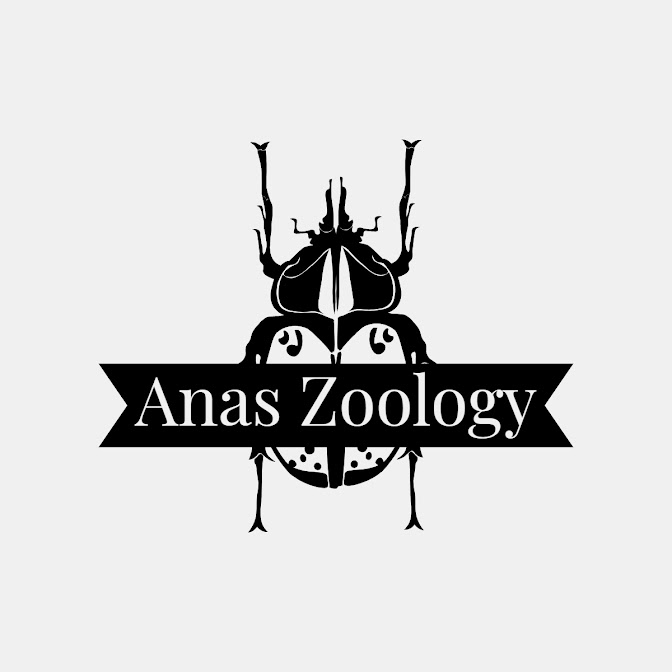Previous Year Questions:
1. Chitin is absent in which group ? (Dec 2008)
1) Bacteria 2) Arthropods
3) Fungus 4) Mollusca
Ans. 1 - Bacteria
Explanation: Chitin is a polysaccharide found in the exoskeleton of arthropods like insects and crustaceans, as well as in the cell wall of fungi, it can also be found in the shells of some molluscs, it is not found in bacteria. Hence option 1 is correct.
2. Which of the following is a most hydrated polymer? (June 2010)
1) Cellulose 2) Pectin
3) Lignin 4) Callose
Ans. 2 - Pectin
Explanation: The degree of hydration of a polymer depends on its ability to form hydrogen bonds with water molecules. Among the options provided, pectin is generally considered the most hydrated polymer. Pectin is a polysaccharide found in the cell walls of plants, particularly in fruits, and it has a high affinity for water due to its many hydroxyl groups, which can form hydrogen bonds with water molecules.
3. The -COOH group of cellular amino acids can form which of the following bonds inside the cell? (June 2016)
1) Ether and ester bond
2) Ester and amide bond
3) Amide and ether bond
4) Amide and carboxylic anhydride bonds.
Ans. 2 - Ester and amide bonds
Explanation: When amino acids combine to form proteins through a process called protein synthesis or translation, the carboxyl group (-COOH) of one amino acid reacts with the amino group (-NH2) of another amino acid, resulting in the formation of an amide bond (-CO-NH-). This bond is known as a peptide bond when it occurs in proteins.
Ester bonds involve the reaction between a carboxyl group and an alcohol group, resulting in the formation of a molecule known as an ester. This type of bond is not typically formed between amino acids inside cells.
Ether bonds involve the linkage between an oxygen atom and two carbon atoms. While ethers can form in certain biological processes, they are not directly formed by the carboxyl group of amino acids.
Carboxylic anhydride bonds involve the formation of an anhydride group (-C(O)-O-C(O)-) by the elimination of water from two carboxylic acid molecules. This type of bond is less common in biological systems compared to amide bonds in proteins.
Therefore, the correct answer is option 2) Ester and amide bond.
4. Proline is (June 2009)
1) imino acid 2) present in α - helix
3) a rare amino acid 4) Optically inactive
Ans. 1 - imino acid
Explanation: "Imino" refers to a functional group containing a nitrogen atom double-bonded to a carbon atom, often represented as -NH-. In the case of proline, the "imino" refers to its distinctive structure, where the side chain forms a cyclic structure with the nitrogen atom, resulting in the imino group (-NH-) being part of the amino acid's backbone. This unique structure contributes to the rigidity and special characteristics of proline within proteins.
5. Among the following which is essential amino acid (Dec 2001)
1) Serine 2) Phenyl alanine
3) Aspartic acid 4) Tyrosine
Ans. 2 - Phenyl alanine
Explanation: There are nine essential amino acids. Histidine, Isoleucine, Lysine, Leucine, Methionine, Phenylalanine, Threonine, Tryptophan and Valine. You can remember it from the mnemonic HILL MP TTV.
6. Among the following which amino acid can act as buffer against addition of acid at physiological pH (pH=7)? (Dec 2005)
1) Glycine 2) Histidine
3) Arginine 4) Phenylalanine
Ans. 2 - Histidine
Explanation: Histidine has a pKa near physiological pH, meaning it can exist in both its protonated and deprotonated forms at pH 7, making it an effective buffer.
7. Among the following which amino acid has three buffering zone? (Dec 2009)
1) Glycine 2) Alanine
3) Glutamic acid 4) Glutamine
Ans. 3 - Glutamic acid
Explanation: Buffering zones in amino acids refer to their ability to act as buffers, maintaining a stable pH in different environments. Glutamic acid has three ionizable groups: the carboxyl group (pKa ~2.2), the amino group (pKa ~9.7), and the side chain carboxyl group (pKa ~4.3). These groups can donate or accept protons depending on the pH of the solution, allowing glutamic acid to effectively buffer over a wider range of pH compared to amino acids with fewer ionizable groups.
8. Which of the following amino acid do not act as intrinsic fluorophore protein in near UV range? (Dec 2008)
1) Tryptophan 2) Phenyl alanine
3) Tyrosine 4) Histidine
Ans. 4 - Histidine
Explanation: In the near UV range (typically around 280 nm), the amino acids that are most commonly used as intrinsic fluorophores in proteins are those that absorb strongly in this region. These amino acids are:
- Tryptophan - It has a strong absorbance in the near UV range (around 280 nm) and is known for its fluorescence properties.
- Tyrosine - It also absorbs in the near UV range (around 275 nm) and can contribute to intrinsic fluorescence, though less strongly than tryptophan.
- Phenylalanine - It has a weaker absorbance in the near UV range compared to tryptophan and tyrosine and does not contribute significantly to intrinsic fluorescence.
Histidine does not act as a significant intrinsic fluorophore in the near UV range. Its side chain does not absorb strongly in this region and does not contribute significantly to the intrinsic fluorescence of proteins.
So, the correct answer is: Histidine
Previous Posts for NET MCQ's



Comments
Post a Comment